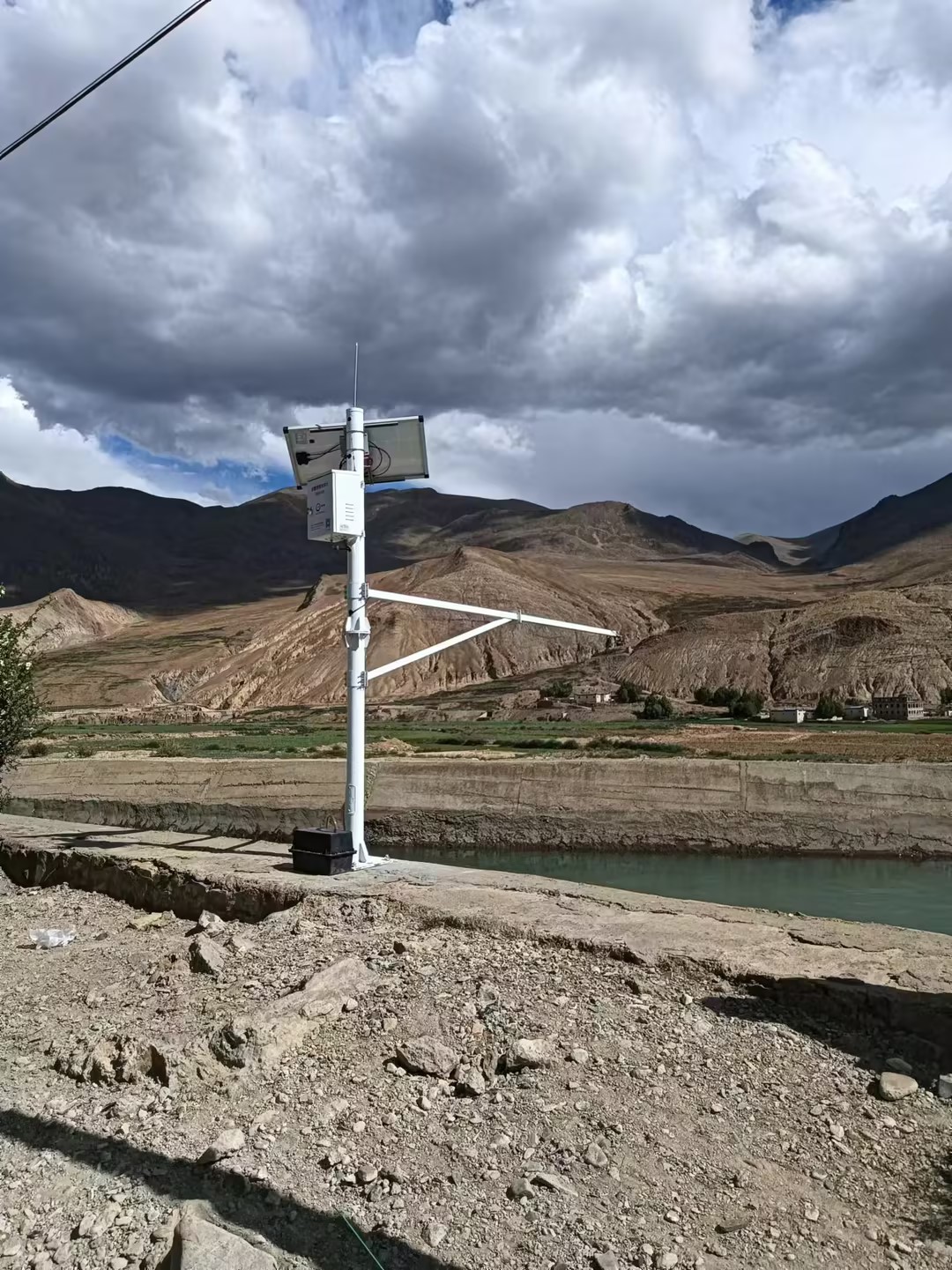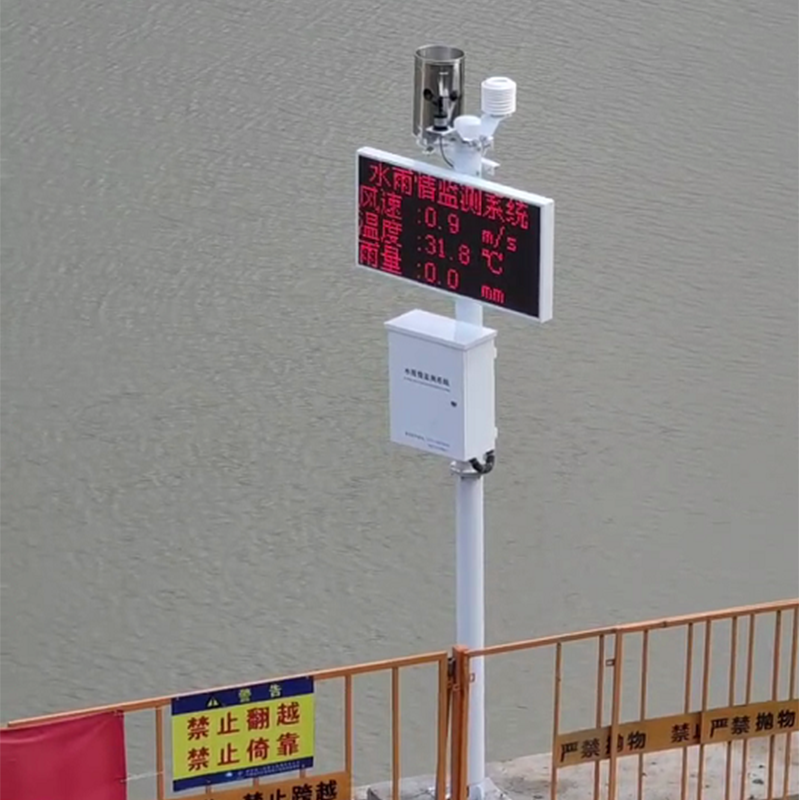How can hydro meteorological monitoring stations support emergency response to meteorological disasters
2025-07-17 09:19:14
In recent years, global climate change has led to an increase in the frequency and intensity of extreme weather events, such as floods, droughts, and rainstorms. Climate change has had a significant impact on the distribution, quality, and sustainable use of water resources. Hydrometeorological monitoring can track data such as precipitation, evaporation, and watershed water volume in real time, predict disaster risks, take emergency measures in advance, and reduce the negative impact of extreme weather events on society and ecology.
A hydro-meteorological monitoring station is a device or place used for monitoring and measuring hydrological and meteorological elements. It combines the functions of hydrological and meteorological monitoring, providing real-time monitoring and analysis capabilities for hydro-meteorological conditions through the collection, recording, and transmission of hydrological and meteorological data. It provides important data support for water resource management, meteorological disaster warning, climate research, and more.
System Characteristics
1. Comprehensiveness: The hydrological and meteorological station system is a comprehensive platform that integrates various sensors and monitoring equipment, enabling real-time and comprehensive collection and analysis of hydrological and meteorological data. This data includes, but is not limited to, water level, flow rate, water temperature, air temperature, humidity, wind speed, wind direction, atmospheric pressure, etc.
2. Real-time capability: The system is capable of monitoring environmental changes in real-time, providing decision-makers with timely and accurate information. This is of great significance in flood control and drought relief, ecological protection, climate prediction, and other aspects.
3. Automation: Through automation technology, the hydrological and meteorological station system can achieve unattended continuous monitoring. This not only greatly reduces the tediousness of manual operations but also enhances the accuracy and efficiency of monitoring.
4. Remote Control and Data Transmission: This system possesses the capabilities of remote control and data transmission. Through the network, users can view and manage data from anywhere with internet access, significantly enhancing work efficiency.
5. Data analysis and early warning function: The hydrological and meteorological station system is not only capable of collecting data, but also capable of analyzing and processing data, generating various reports and charts. At the same time, the system also has an early warning function, which can immediately issue an alarm when detecting abnormal conditions, so that corresponding measures can be taken.
6. Durable equipment and simple maintenance: The equipment of this system is typically designed to be very durable, allowing it to operate for extended periods in harsh environments. Furthermore, due to its modular design, maintenance is also very convenient and quick.
7. Scalability: Depending on the need, additional sensors and devices can be added to expand the scope and depth of monitoring. Meanwhile, the system software can also be upgraded to meet future demands.

Keyword:



